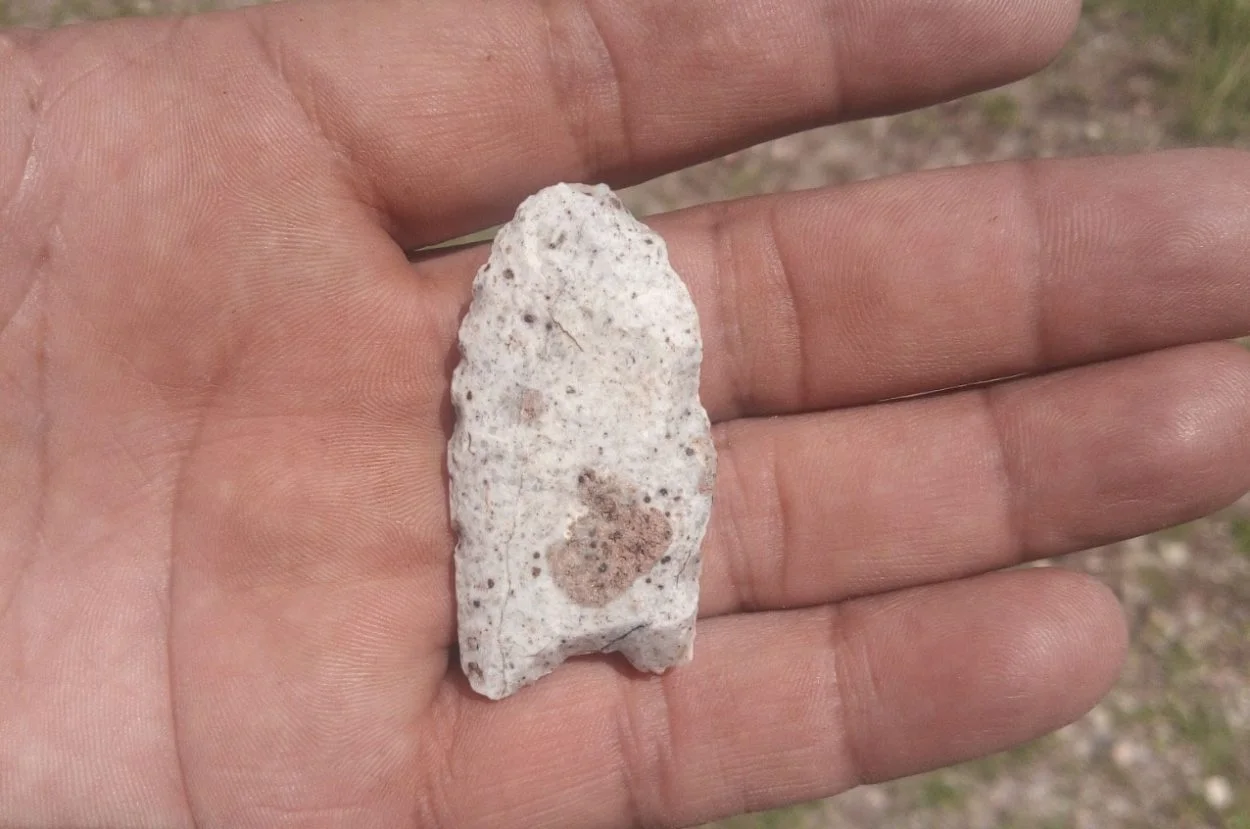Archaeologists have discovered a Clovis point, the characteristically fluted projectile point associated with the Clovis culture in the Mexican state of Zacatecas.
The Clovis culture was a prehistoric Paleoamerican culture that is named after artefacts found between 1932 and 1936 at Blackwater Locality No. 1, an archaeological site between the towns of Clovis and Portales in the US state of New Mexico.
Until recently, the scientific consensus followed the “Clovis first” theory, where the Clovis people were considered to be the ancestors of most of the indigenous peoples of the Americas, having transited the north of the continent. Sites associated with the Clovis culture have been identified across much of the contiguous United States, as well as Mexico and Central America.
The Clovis point was discovered by specialists from the National Institute of Anthropology and History (INAH) near the La Salada paleo-lagoon, where previously mammoth remains were discovered and studied during the 1980’s.
During the Pleistocene, the Zacatecas region had large wetlands that supported groups of mammoths, mastodons, gomphotheres, camelids, equines, bison and large birds, among other animal species.
The point, described as “finding a needle in a haystack” measures only 4.8 cm by 2.6 cm, and is the first example of human presence in the region, suggesting that ancient hunters took advantage of the arrival of megafauna around the lagoon when the area was part of the continental route followed by the early settlers between 12,000 and 11,000 years go.
Header Image Credit : INAH





